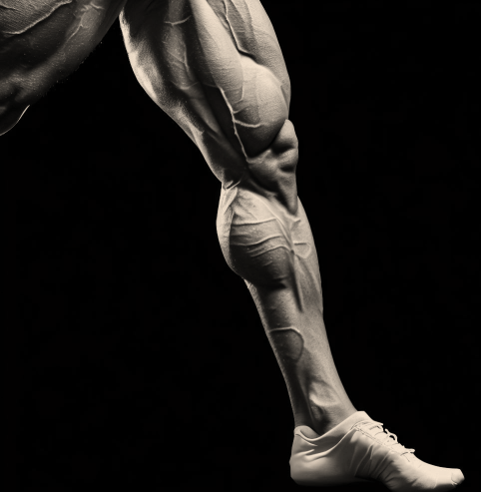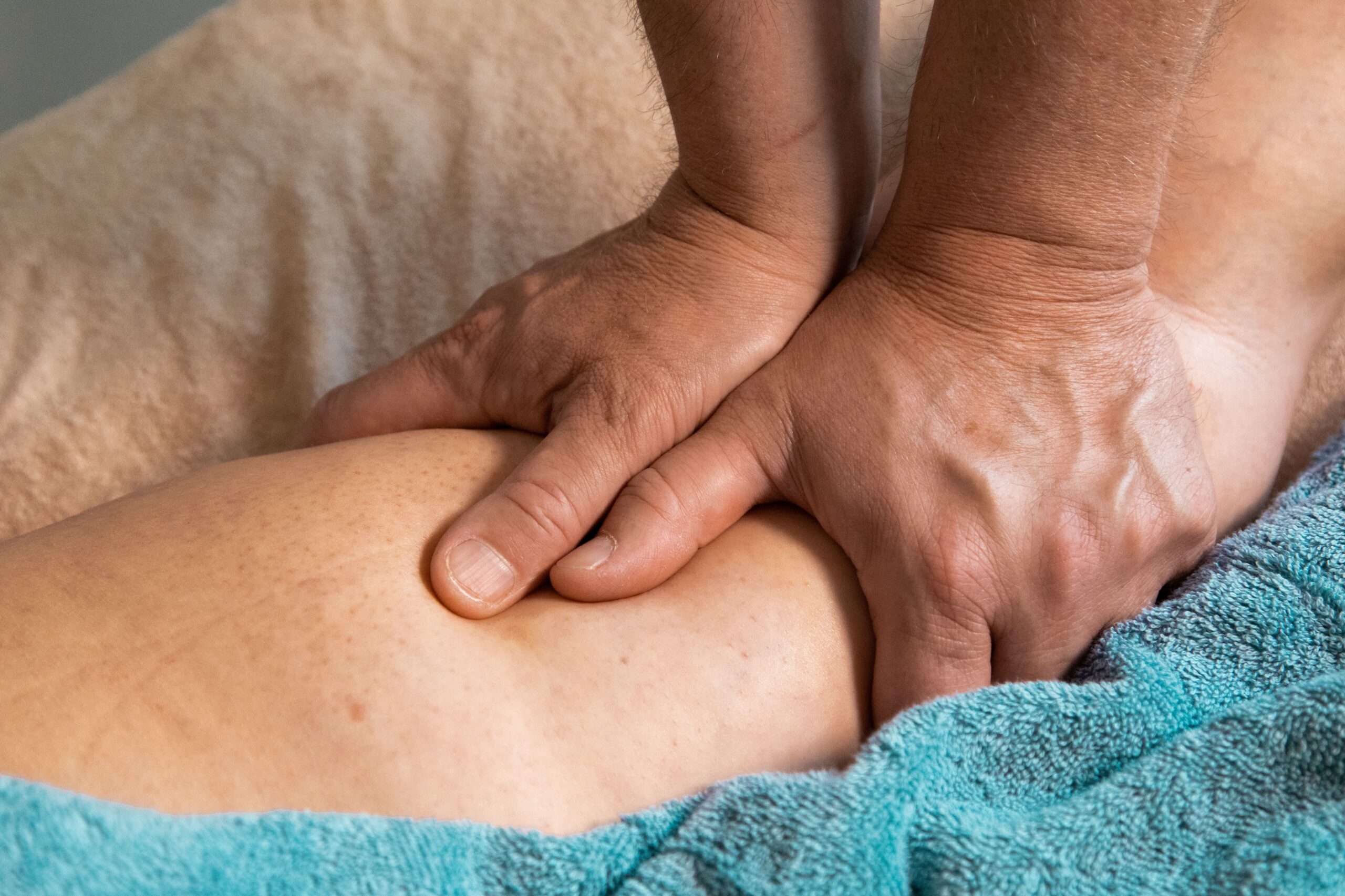Massage therapy has been a cornerstone of holistic health for centuries. Its benefits span from relaxation to improved circulation, but one of its most notable applications is in the realm of muscle recovery. For athletes and fitness enthusiasts, understanding the role of massage in leg muscle recovery can be a game-changer. Let’s delve into the intricacies of how massage aids in rejuvenating those tired leg muscles.
Introduction: The Magic of Touch
The power of touch is undeniable. From a comforting pat on the back to a therapeutic massage, touch has the potential to heal both the body and mind. When it comes to leg muscles, which are often subjected to intense workouts, the role of massage becomes even more pivotal.
Understanding Muscle Soreness
After a rigorous workout or a long run, it’s common to experience muscle soreness. This discomfort, known as delayed onset muscle soreness (DOMS), occurs due to microscopic tears in the muscle fibers. While this is a natural part of muscle growth and strengthening, the accompanying pain can be quite bothersome.
How Massage Aids Recovery
Increasing Blood Flow
One of the primary benefits of massage is the increase in blood flow to the targeted area. Enhanced circulation means more oxygen and nutrients are delivered to the muscles, accelerating the healing process.
Reducing Muscle Tension
Massage helps in releasing muscle knots and tension. By applying pressure to these tight spots, massage therapists can help muscles relax, reducing pain and improving flexibility.
Eliminating Toxins
During a massage, the pressure applied helps in flushing out toxins from the muscles. This detoxification process aids in faster recovery and reduces muscle fatigue.
Promoting Relaxation
Beyond the physical benefits, massage also offers mental relaxation. The soothing strokes of a massage can reduce cortisol levels (a stress hormone) and increase endorphins, promoting a sense of well-being.
Different Types of Massages for Leg Recovery
Swedish Massage
This is a gentle type of massage that uses long strokes, kneading, and deep circular movements to relax and energize muscles.
Deep Tissue Massage
As the name suggests, this massage technique uses more forceful strokes to target deeper layers of muscle and connective tissue. It’s especially beneficial for chronically tight or painful muscles.
Sports Massage
Designed specifically for athletes, sports massage focuses on areas of the body that are overused and stressed from repetitive movements. It can be used for preparation, recovery, or both.
Trigger Point Massage
This massage focuses on tight muscle fibers that form after injuries or overuse. It’s beneficial for treating specific problem areas.
When to Opt for a Massage
While massages are beneficial, timing is crucial. For muscle recovery, it’s best to wait at least 24 hours after a workout before getting a massage. This gives the muscles time to initiate their natural healing process.
FAQs
- Can massage help in preventing muscle injuries?
- Yes, regular massages can improve muscle flexibility and reduce the risk of injuries.
- How often should I get a massage for muscle recovery?
- It depends on your activity level. Athletes might benefit from weekly sessions, while others might find bi-weekly or monthly massages sufficient.
- Are there any risks associated with massages?
- If done by a trained professional, the risks are minimal. However, it’s essential to communicate any discomfort during the session.
- Can I massage my own legs for muscle recovery?
- While professional massages are more effective, self-massage or foam rolling can also aid in muscle recovery.
- Should I opt for a massage if I have a muscle tear?
- It’s essential to consult with a healthcare professional. In cases of severe injuries, massage might not be recommended.
Conclusion: Embracing the Healing Touch
Massage, with its myriad benefits, plays a significant role in leg muscle recovery. Whether you’re an athlete or someone who enjoys occasional workouts, incorporating massage into your recovery routine can make a world of difference. Remember, it’s not just about physical well-being; it’s also a journey of mental relaxation and rejuvenation.
For a deeper understanding of leg muscle injuries, recovery techniques, and preventive measures, explore our Injuries & Recovery Archives.

